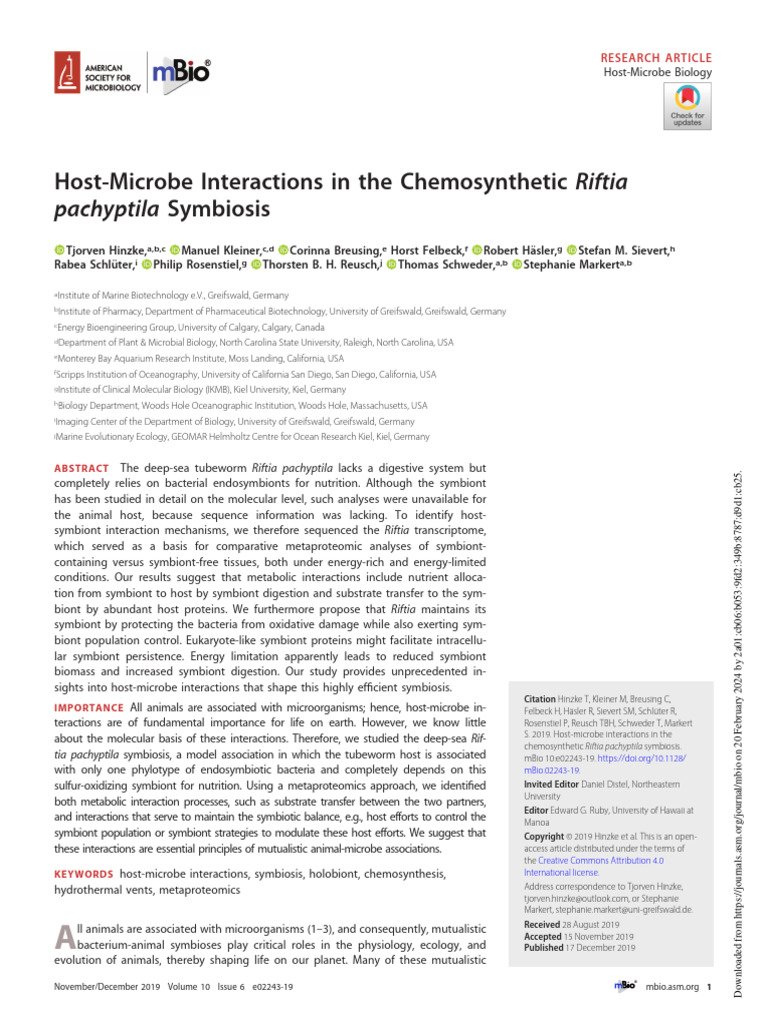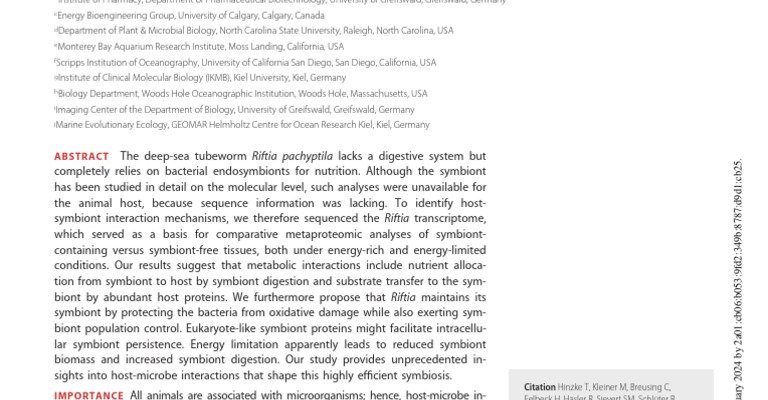
Imagine living in a place with temperatures that can scorch you or pressure that would crush a submarine. That’s home for these remarkable creatures! They rely on a unique partnership with bacteria to survive, utilizing the chemical-rich waters from these underwater ecosystems. Understanding where they live and how they thrive gives us insight not only into their biology but also into the health of our oceans.
In this article, we’ll dive deep into the documented range and distribution of *Riftia pachyptila* worldwide. We’ll explore where they can be found, what their habitats look like, and why their presence is crucial for understanding marine ecosystems.
Understanding Riftia Pachyptila
*Riftia pachyptila* is a species of tube worm that belongs to a group known as polychaetes. These aren’t your garden variety worms; they can reach lengths of over 2 meters (around 6.5 feet) and have a distinctive appearance. Their bodies are covered in a red plume, which they use to absorb chemicals from the surrounding water.
Here’s the thing: unlike many creatures, *Riftia* doesn’t rely on sunlight for energy. Instead, they depend on chemosynthetic bacteria. These bacteria convert hydrogen sulfide—found in the vent water—into energy, which the worms then use. This fascinating relationship is crucial for their survival and plays a critical role in the overall ecosystem of hydrothermal vents.
Ecosystems like these are often teeming with life. Besides *Riftia pachyptila*, you’ll find crabs, shrimp, and a variety of other organisms all benefiting from the rich nutrients present in these extreme environments. It’s a world where life has adapted in ways we can only imagine.
Habitat and Environmental Conditions
You might be wondering, “Where exactly do these tube worms call home?” *Riftia pachyptila* is primarily found in the eastern Pacific Ocean, especially around the Galápagos Rift and the Juan de Fuca Ridge, as well as other hydrothermal vent communities. These areas are characterized by geothermal activity, where heated water rich in minerals bursts through the ocean floor.
The conditions in these locations are extreme. Temperatures can reach up to 400 degrees Celsius (752 degrees Fahrenheit), and the pressure is incredibly high, often exceeding 200 times that of the surface atmosphere. These tube worms have adapted perfectly to such environments, with specialized structures that allow them to withstand the heat and pressure while obtaining nutrients.
One of the most fascinating aspects of their habitat is the relationship they have with the surrounding environment. The vents spew out not just chemicals but also heat—a crucial factor that supports the thriving communities around them. This unique setting creates an oasis in an otherwise barren ocean floor.
Distribution Patterns of Riftia Pachyptila
The distribution of *Riftia pachyptila* is limited to the regions around hydrothermal vents, which are scattered across the ocean floor. It’s interesting to note that while these worms thrive in specific areas, their presence can indicate the health of the entire vent ecosystem. When researchers find *Riftia* in good numbers, it’s often a sign of a thriving microbial community, which in turn supports other life forms.
You could compare their presence to a canary in a coal mine—it shows us the overall condition of the habitat. If conditions change, such as fluctuations in temperature or water chemistry, it can impact *Riftia* populations, and by extension, the entire community that relies on them. Thus, tracking their distribution helps scientists understand how changes in the ocean, such as climate change, affect these ecosystems.
So, while *Riftia pachyptila* is not found everywhere, where they are present tells us a lot about the state of marine life. These worms create a thriving ecosystem in the most unlikely places, showcasing the resilience of life against extreme odds.
Importance to Marine Ecosystems
You might be surprised to learn that *Riftia pachyptila* plays a critical role in their ecosystem. These tube worms don’t just exist in isolation; they serve as a foundation for the entire food web around hydrothermal vents. By hosting chemosynthetic bacteria in their bodies, they convert inorganic material into organic matter, which becomes food for a variety of marine species.
This process helps sustain other creatures like fish, crabs, and various microorganisms that depend on the nutrients produced by *Riftia*. The worms create habitats where other organisms can live and thrive, making them a vital part of their ecosystem. Without them, the biodiversity around these vents would significantly decrease.
Additionally, studying *Riftia* helps scientists learn about deep-sea environments and their responses to environmental changes. Understanding these patterns can lead to better conservation efforts not just for tube worms, but for all marine life.
Conservation and Threats to Riftia Pachyptila
Even in such extreme environments, *Riftia pachyptila* faces threats, primarily from human activities. Deep-sea mining, climate change, and pollution can have devastating effects on hydrothermal vents and the organisms that reside within them. Disturbances to these ecosystems can ultimately lead to a decline in *Riftia* populations.
Here’s the thing: we often overlook the deep sea in conservation discussions. The effects of climate change, like ocean acidification, threaten the delicate balance in these habitats. With their slow reproduction rates, these worms are particularly vulnerable to changes in their environment.
Efforts to monitor and protect hydrothermal vents and their biodiversity are crucial. By understanding the distribution and health of *Riftia pachyptila*, we can take steps to ensure their survival, which will, in turn, help protect the entire ecosystem they support.
Research and Scientific Discoveries
The study of *Riftia pachyptila* has contributed significantly to our understanding of extremophiles—organisms that thrive in harsh conditions. Scientific research has revealed not just how these worms survive, but also the potential applications of their chemosynthetic bacteria in biotechnology and medicine.
Researchers often explore these environments using remotely operated vehicles (ROVs) and submersibles. It’s fascinating to consider that much of what we know about deep-sea life comes from these underwater explorations. Each discovery teaches us more about the complexity of marine ecosystems and the resilience of life.
As scientists continue to study *Riftia*, they uncover more about their genetics and physiological adaptations. This research can illuminate the potential for other organisms that thrive in extreme conditions. Their findings help expand our knowledge of life on Earth—and possibly life beyond it.
The documented range and distribution of *Riftia pachyptila* highlight just how remarkable life can be in the most extreme environments. These tube worms not only survive but thrive in conditions that would challenge most living beings. Their unique relationship with chemosynthetic bacteria showcases nature’s ingenuity and adaptability.
Understanding the habitats where *Riftia* lives allows us to appreciate the delicate balance of marine ecosystems. It emphasizes the importance of conservation efforts to protect these unseen underwater worlds. With ongoing research and monitoring, we can help ensure that *Riftia pachyptila* and the vibrant communities they support continue to flourish in the depths of our oceans.

